|
|
|
|
|
|
|
|
Photo Gallery for Nerodia sipedon - Common Watersnake
| 24 photos are shown. |
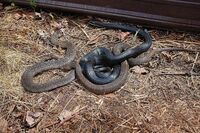 | Recorded by: J. Mickey
Wilkes Co.
Comment: With P. alleghaniensis/quadrivittatus |  | Recorded by: J. Mickey
Wilkes Co.
Comment: |
 | Recorded by: Steve Hall, Dee Stuckey, and Savannah Hall
Durham Co.
Comment: |  | Recorded by: Steve Hall, Dee Stuckey, and Savannah Hall
Durham Co.
Comment: |
 | Recorded by: J. Mickey
Wilkes Co.
Comment: | 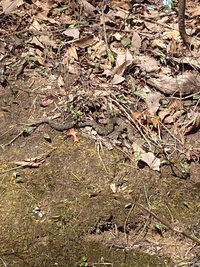 | Recorded by: K. Hutson
Gaston Co.
Comment: |
 | Recorded by: K. Hutson
Gaston Co.
Comment: | 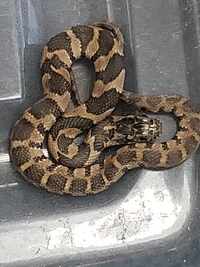 | Recorded by: Richard Teper
Orange Co.
Comment: |
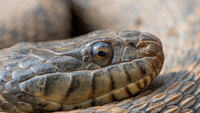 | Recorded by: Shreyes Chalasani
Chatham Co.
Comment: | 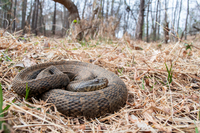 | Recorded by: Shreyes Chalasani
Chatham Co.
Comment: |
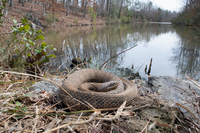 | Recorded by: Shreyes Chalasani
Chatham Co.
Comment: |  | Recorded by: Travis McLain
Harnett Co.
Comment: |
 | Recorded by: Travis McLain
Gaston Co.
Comment: | 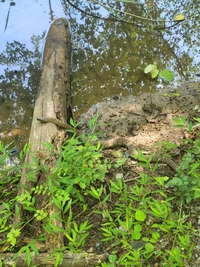 | Recorded by: Travis McLain
Gaston Co.
Comment: |
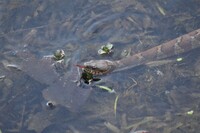 | Recorded by: Jessica Tate
Forsyth Co.
Comment: | 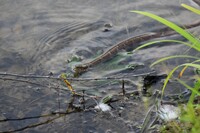 | Recorded by: Jessica Tate
Forsyth Co.
Comment: |
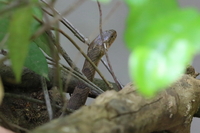 | Recorded by: Travis McLain
Cabarrus Co.
Comment: |  | Recorded by: Travis McLain
Stokes Co.
Comment: |
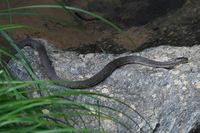 | Recorded by: Mark Shields
Polk Co.
Comment: |  | Recorded by: Steve Hall
Richmond Co.
Comment: |
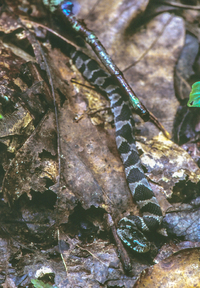 | Recorded by: Steve Hall
Orange Co.
Comment: | 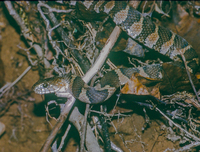 | Recorded by: Steve Hall
Orange Co.
Comment: |
 | Recorded by: Steve Hall
Orange Co.
Comment: | 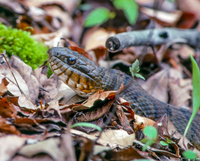 | Recorded by: Steve Hall
Orange Co.
Comment: |
|
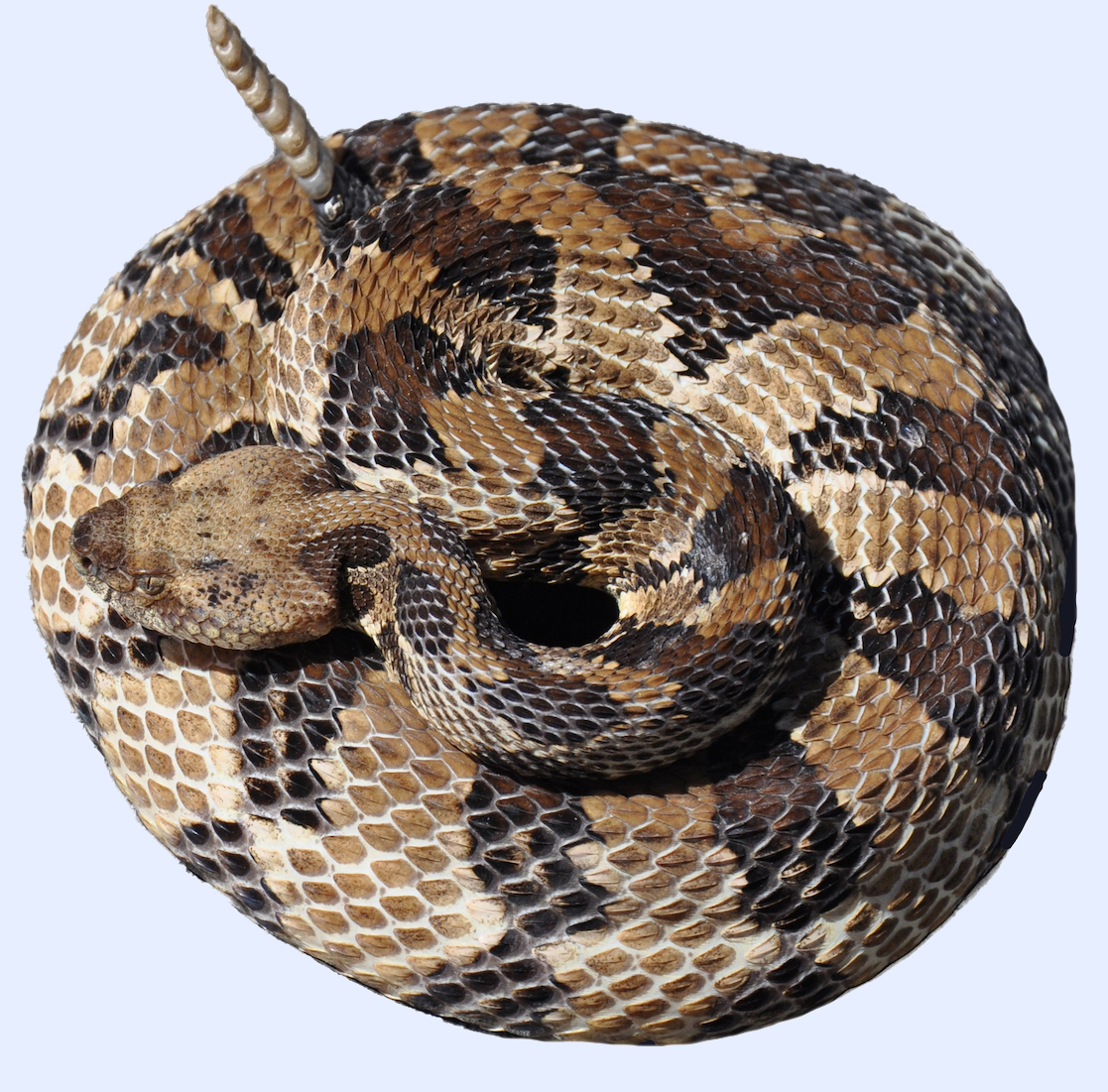
 »
» 



 »
» 

